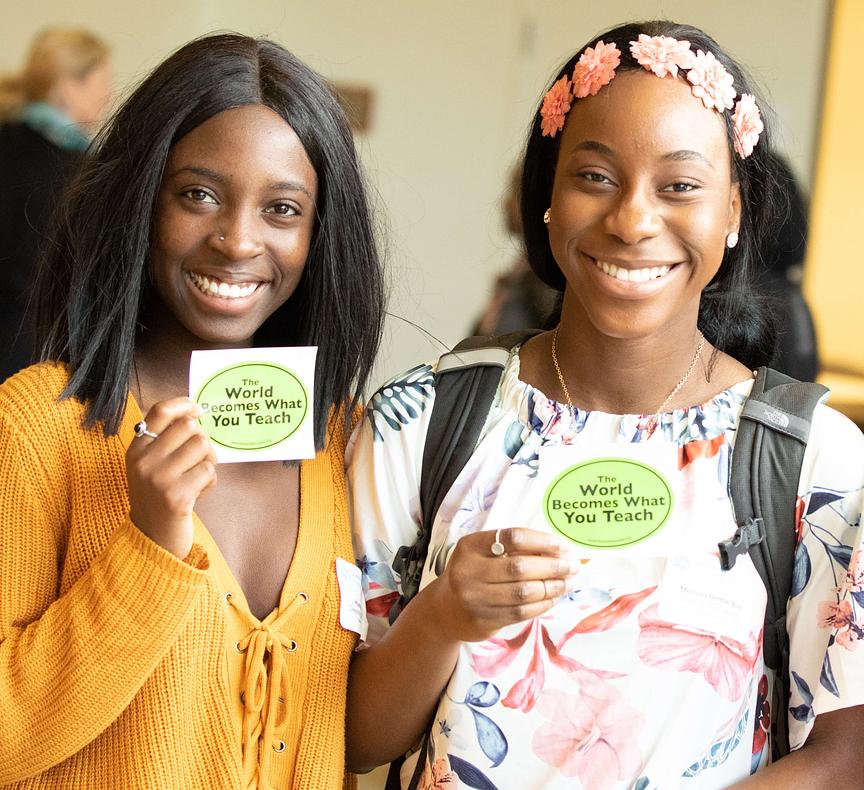Our children are witness to monumental global challenges. To be engaged in learning, to feel empowered in the face of crises, to feel a sense of hope as they look to the future, they need to address the problems they are seeing in the world. It is the responsibility of schools to teach them how to do that in thoughtful, collaborative, and systemic ways. Schools are asking for help to do this.
IHE has developed a Solutionary Framework teachers can use to integrate real-world issues into their curricula. The framework guides students to Identify problems, Investigate them thoroughly, Innovate solutions, and Implement their best ideas. It builds on traditional elements of problem-based learning, but it goes further. It incorporates systems thinking as students explore root causes of local and world problems. It fosters ethical thinking as students employ the principle of “most good least harm” to analyze the impact of any solution on people, animals and the environment. Finally, the solutionary approach leads to action. Students implement their solutions and then refine their approaches based on the results.
The Solutionary Framework is being implemented in schools across the U.S., and in more than 20 other countries. And students are implementing solutions from addressing food insecurity in Nairobi to gun violence in Chicago to the protection of native plants in Indonesia
Imagine an entire state training its teachers in the Solutionary Framework! The Maine Department of Education is partnering with us to do just that. A school in Mexico serving 30,000 students on 26 campuses has asked us to train its curriculum designers in the use of our Framework. We have trained more than 60 teachers in Nairobi, Kenya. We just translated into Spanish all the materials that support the implementation of our framework, and we are facilitating our first Spanish-speaking cohort of 22 teachers from 7 different countries in Latin America. One future goal is to grow our partnerships in Latin America. Another is developing an interactive, online, open-source climate change curriculum that uses the framework to help students learn the issues and take action in their communities.
The Solutionary Framework, a Solutionary Guidebook, sample lessons, and multiple resources are available for free at www.humaneeducation.org. Schools and teachers who want customized training for implementing the Solutionary Framework are encouraged to enroll in our Solutionary Micro-credential Program or to reach out directly to Dr. Julie Meltzer at julie@humaneeducation.org.



